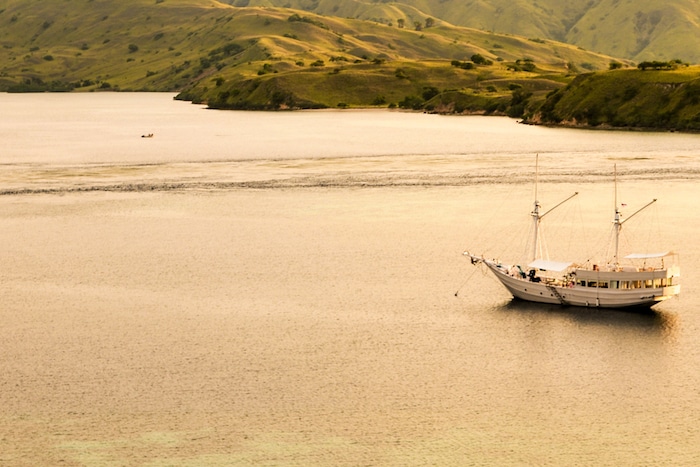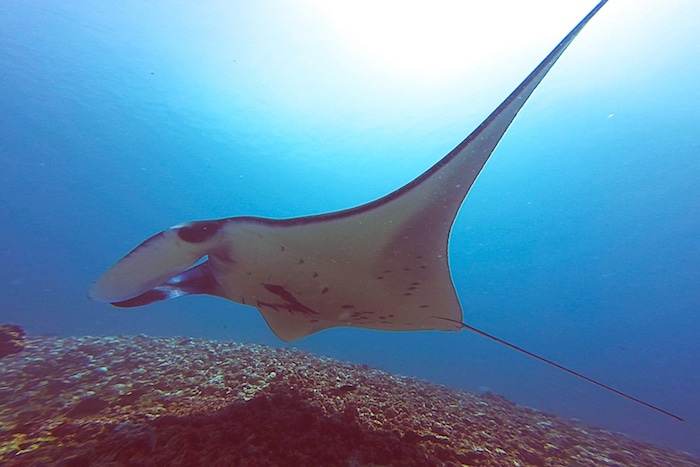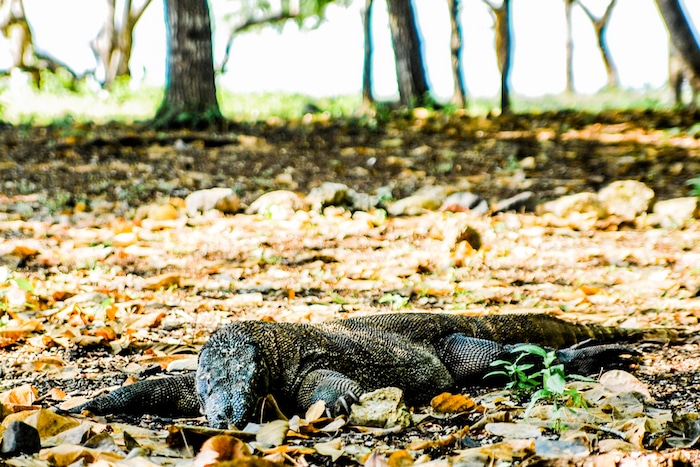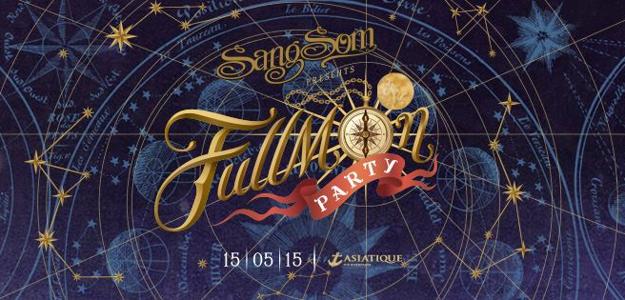Inside the Remote Island Paradise of Flores, Indonesia
PUBLISHED March 27th, 2018 03:00 pm
There is something about Flores that is rather unearthly. This diverse island in Eastern Indonesia with its savannah landscape, pristine oceans, impressive volcanoes, and lakes resemble a wilderness that seems to belong to another place and time. Though it’s just an hour’s flight from international darling Bali, Flores is an island still covered in relative obscurity. From the Flores Sea, across the islands of Komodo, to the beauty of Mt. Kelimutu and its lakes, you’ll feel like you’re chartering completely new territory in whichever corner of Flores you end up in.
Spectacular diving in Komodo National Park

As you land in Labuan Bajo – a small fishing village on the westernmost tip of Flores – you have the chance to embark on a liveaboard cruise and experience one of the best dives on earth. The Komodo National Park is one of the world’s richest marine environments, with over 260 species of reef-building coral, 70 different species of crustaceans, cartilaginous (including manta ray and sharks), and over a 1,000-different species of fishes, as well as marine reptiles and mammals (dolphins and whales).

The Park lies in the Wallacea Region of Indonesia, identified by WWF and Conservation International as a global conservation priority area. Located in the centre of the Indonesian Archipelago between the islands of Sumbawa and Flores, the UNESCO World Heritage Site includes three major islands: Komodo, Rinca, and Padar, as well as numerous smaller islands creating a total surface area (marine and land) of more than 1,800 square kilometres.
Siaba Besar is a fantastic dive location in North Komodo. The beautiful coral garden lies along the western coast of the island with currents pushing towards the south. Blacktip sharks, barracudas, snappers, and turtles can be spotted. The further south you go, the stronger is the current and, of course, the more exciting it gets.

Another remarkable dive site is Pink Beach, one of the seven pink beaches in the world. Its colour comes from the red coral in the shallow waters and is just one of the many features of the island. But the true highlight of Komodo is Manta Point, so named for its aggregations of manta rays. Here one can dive among 20 to 30 manta rays with absolutely no sign of other humans.
If corals are what you are looking for, then you must dive in the Golden Passage. This drift dive (where the diver is transported by the water movement caused by the ocean current) is better done in rising tides when the current pushes east to west. The corals are stunning, and the deeper you go, the more marine life you’ll find.
The island and it’s dragon

Spotting the Komodo dragon in the wild is something you don’t want to miss out while in Flores. When Komodo National Park was voted one of the New Seven Wonders of Nature in 2011, the region became a sensation amongst wildlife lovers keen on seeing the last largest living prehistoric lizards on earth. Trekking in their natural habitat of Komodo National Park is essential to spotting the dragon; the endangered species is believed to number less than 4,000 in the wild.
Go on a road trip

On the southern coast of Flores, one can realise Indonesia’s diversity is hardly limited to wildlife. Starting at Ende, go an on adventure around the island to see white sand beaches, rice paddies and traditional villages. In this part of Indonesia, the landscape stirs the imagination with its exotic hillsides covered by dry savannah and green vegetation contrasting starkly with the brilliant blue waters.
As you drive around the villages around Maumere, on the north coast of Flores, you will find that each stop ends up involving more understanding about the religion and traditions, which are a precious part of life amongst the majority of people on the island.

Moni is a little village surrounded by rice paddies and landscapes dotted with palms and banana trees. The vibe is relaxed, and you can take pleasure staying in a simple accommodation near local houses. It’s located at the foot of the volcanic Mount Kelimutu, whose lunar landscape is beyond comprehension. The main attraction happens during sunrise when one can appreciate the brilliant three colourful lakes housed inside the crater of the volcano. Depending on the oxidation state of the lake, the waters change colour on an irregular basis, ranging from bright red through green and blue. This lends the whole area a surreal atmosphere that has led to many myths and speculations about the origin of Kelimutu.

Travelling in Indonesia does not lack variety. And neither does Flores. Descending into the island feels like stepping back in time. And it doesn’t matter whether you head deep into its uninhabited waters or to its remote ancient villages in the dry savannahs. For all these reasons, Eastern Indonesia is where Asia gets more interesting – especially for those who are open to embracing the wild.
All images courtesy of Nanda Haensel

